MapleLeaf Cement (PSX: MLCF) was established in 1956 by the West Pakistan Industrial Development Corporation (WPIDC) with an initial production capacity of 300,000 tons annually. Another company called White Cement Industries Limited (WCIL) was formed with a clinker capacity of 15,000 tons per annum. The two later merged and transferred to the newly established State Cement Corporation of Pakistan (SCCP). The SCCP established Pak Cement Company Limited (PCCL) with a capacity of 180,000 tons per annum. Together the three were merged to establish MapleLeaf Cement during the cement industry privatisation. Currently, the company operates through two production lines for the production of grey cement and white cement. Maple has over 90 percent of the market share in white cement and about 7 percent in grey cement as per its annual capacity of 3.36 million tons of clinker. 3,360,000 tons (based on 330 days). The company is preparing to launch another brownfield line with grey clinker production of about 7300 tons per day (2.4 million tons annually). The plant is located in Daud Khel, Punjab near the salt range and extraction sites of important minerals like limestone, clay and sand used in the production process.
Aside from supplying primarily to the northern zone markets of the country, MapleLeaf exports to India, Afghanistan, Middle East and other African countries. MapleLeaf is a subsidiary of Kohinoor Textile Mills Limited (KTML), part of the larger Kohinoor MapleLeaf Group (KMLG) which has businesses in textile, power and investment sectors.
Shareholdings and investments As part of the Kohinoor Group, MapleLeaf's largest shares are held by its holding company KTML (at 55 percent). The rest of the shares are spread nominally across banks, NBFIs, insurance companies, mutual funds, joint stock companies and so on. The general public held 27 percent of the company's shares as at June 2018.
MapleLeaf has its own wholly-owned subsidiary called MapleLeaf Power Limited, which started commercial operations in Oct-17 to generate 40MW of power on imported coal. The captive plant has led to savings in electricity cost which are lower compared to grid prices.
MapleLeaf Cement provides loan facilities to KTML for the holding company's working capital requirements and earns a mark-up, which is one percent above either the three months KIBOR or the average borrowing cost of the company, which is higher.
As for the latest updates, the new expansion is expected to begin commercial production in Q4FY19 and it has already begun its test phase. At a project cost of Rs26 billion, the new production line is for 7300 tons per day which will bring the total capacity to 18000 tons per day (approx. an annual 5.4 million tons) which will likely bring up the market share a little given that other members of the industry are also expanding. The project is financed with 59 percent debt and the rest equity. The company offered 12.5 percent right issue at Rs65 per share (including a premium of Rs55 per share).
Financial and operational performance Post 2011, MapleLeaf's revenues have not stopped growing or had negative growth even if it fluctuated some of the years when demand was not as robust or the company could not fetch premium prices. The company boosts very high utilisation levels with the lowest being 79 percent in FY12 and staying mostly above 80 percent. The company's expansion fit well with the projected CPEC led demand especially since it has had little idle capacity.
However, the top line comes down to a balanced sales mix between domestic and exporting markets and the prices the company fetches in both. Exports traditionally have to be sold at lower prices to remain competitive than other global cement manufacturers. Part of the reason the Afghan market has recently become less receptive to Pakistani cement is the more affordable Iranian cement flooding that market.
Domestically, prices have fluctuated based on higher federal excise duty (FED), the movement of demand, and the existing supply. Demand grew greatly after FY16 when the then-government was on a spending spree on infrastructure development. Higher PSDP allocations, CPEC projects kicking in, greater economic activity leading to commercial and real estate developing all led to higher demand which allowed cement manufacturers to raise price without fear of losing market share. However, as expansions started to come through in FY17, price competition ensued as supply was much higher. It would be safe to say though that cement manufacturers overall have kept prices at the levels they have wanted over the years, and supplies to most of the domestic market, if not all.
Where they do get beat are input (coal, coke etc.) costs. Captive power generation, and waste heat recovery units have gone a long way to cut down on power costs, but the import of coal and other inputs have depended greatly on global commodity price movements, and the US-PKR parity. During FY16, the company enjoyed lower coal prices, which resulted in margins of 43 percent from 36 percent in FY15. However, when coal prices started to recover, margins fell to 40 percent and 29 percent in FY17 and FY18. Similarly, furnace oil has the same effects. Since FY16, per unit cost rose 20 percent against a 3 percent drop in revenue per unit till FY18.
The company's annual report claims that the coal fired power project resulted in per ton reduction in power cost and met the price hike in input costs by better negotiation of prices, through a transportation agreement with Pakistan Railways to bring down inland transport overheads which will last till FY21, effective inventory management, converting to pet coke which is cost effective and purchasing inputs at cheap rates by managing the timing. However, depreciation of the rupee could only ensure that these risk mitigation steps of the company served as cushioning the blow. The company did mention that it avoided a "mammoth" forex hit by paying maximum portion of LC of its ongoing expansion project after approval from the SBP.
Outlook The first half of FY19's financial results are out and they paint a sobering picture, one that will continue on through this fiscal year at least. With the new government's agenda to tighten monetary and fiscal policies, PSDP allocations have depleted. With no new mega development project on the horizon, and the slowdown in organic demand coming from the government and the private sector, domestic demand has taken a step back.
MapleLeaf's total sales dropped by 10 percent in 1HFY19 with exports share rising from 9 percent to 10 percent in the sales mix. Still the company's fetched decent prices for the cement it did sell (higher FED and increased input costs "necessitated" a push up of prices, according to the company's official report), resulting in a slight rise in revenues. Price hike according to PBS numbers has been between 8-12 percent which helped revenues remained on the same level, though margins slid to 23 percent in 1HFY19, against 31 percent the period last year.
South African imported coal price went up on average by 10 percent while higher fuel prices as well as the 14 percent depreciation of rupee against the dollar in the July-Dec-18 period led to this fall in margins, even though some of the higher cost effect was passed onto consumers in the form of higher prices.
It is expected that coal prices will move downward or remain stable as China cuts down on supply. Meanwhile, any new devaluation is not on the cards. Together this bodes well for MapleLeaf and other cement manufacturers. Indian market is closing down on Pakistani goods which will have negative repercussions for exporters in the north, particularly now when they are relying more on exporting markets.
On the home front, there are no expectations of any major bursts in demand so it will continue on, or dwindle through the rest of the year. Hopes must not be latched on the dam projects or the Naya Pakistan Housing plan which-if either does-will start showing concrete results next fiscal year at best.
=========================================================
Unconsolidated Half Year MapleLeaf Cement
=========================================================
Rs (mn) 1HFY19 1HFY18 YoY
Sales 12,249.11 12,232.24 0.1%
Cost of Sales 9,484.49 8,391.78 13%
Gross Profit 2,764.62 3,840.45 -28%
Distribution costs 389.60 340.64 14%
Administrative 355.57 302.14 18%
Other operating expenses 150.00 252.90 -41%
Other income 14.86 38.98 -62%
Finance cost 670.44 330.42 103%
Profit before tax 1,213.87 2,653.33 -54%
Taxation 413.40 680.14 -39%
Net profit for the period 800.47 1,973.19 -59%
Earnings per share (Rs) 1.35 3.62 -63%
GP margin 23% 31% -28%
NP margin 7% 16% -59%
Clinker Production (000 tons) 1,620 1,675 -3%
Total sales (000 tons) 1,617 1,796 -10%
Exports 10% 9% 13%
=========================================================
Source: PSX notice
=========================================================
Pattern of Shareholding (as on June 2018)
=========================================================
Categories of Shareholders Share
=========================================================
Directors and their spouse(s) and minor children 0.03%
Associated Companies and related parties 55.2%
Kohinoor Textile Mills Ltd 55.2%
NIT and ICP 0.004%
Banks, DFIs, NBFIs 1.86%
Insurance & Takaful Companies 0.82%
Mutual Funds 3.76%
Public Sector Companies and Corporations 0.2%
Joint Stock Companies 1.7%
Modarabas and Leasing Companies 0.0031%
General Public- individuals 8.3%
General Public- foreign investors 26.98%
Others 1.1%
Total 100%
=========================================================
Source: Company accounts





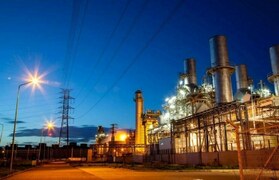


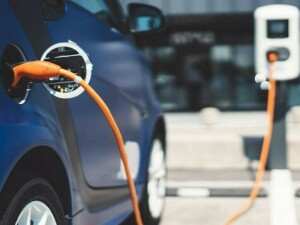
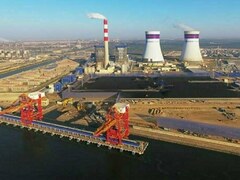

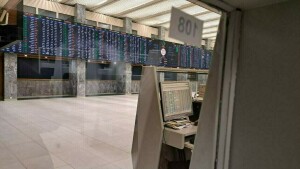
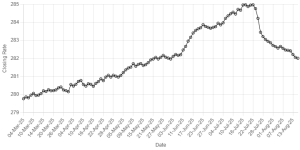


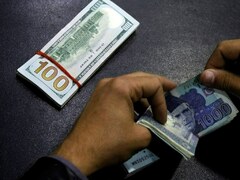
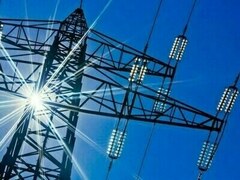
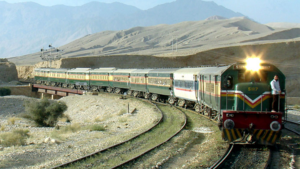

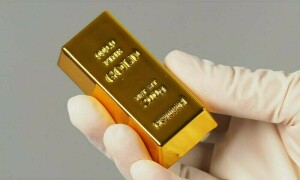
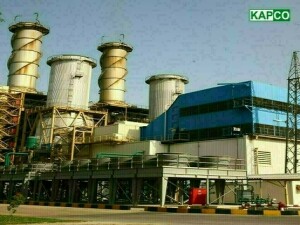

Comments
Comments are closed.